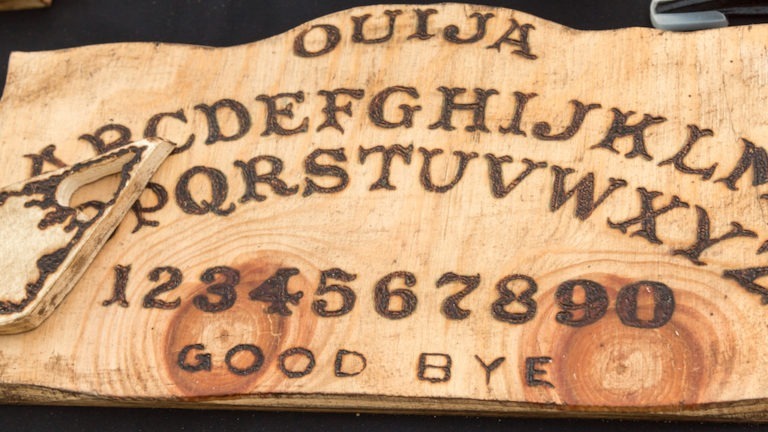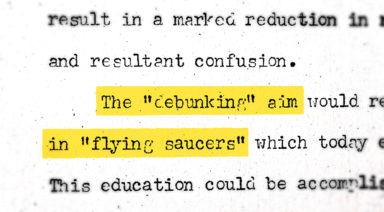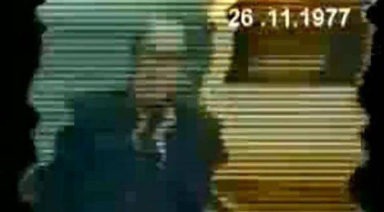Peruvian School Closes After Ouija Board Session Summons Spirits

Ouija boards can be pretty divisive – some consider them a toy, while others vehemently believe they can invoke spirits from the other side. But even if you fall within the former belief, some bizarre news out of Peru has locals believing in demonic possession from the use of a Ouija board and a book of black magic at a remote university.
The San José de Saramuro school, a local college in a jungle town three hours outside of Iquitos, shut down after 27 students became hysteric from Ouija spiritism, according to Peruvian news organization RPP Noticias. The occult grimoire was brought into school by one teacher’s daughter for the unexpectedly dark show and tell.
According to reports, teachers heard screams from the classroom before finding students writhing around on the floor, unable to form coherent sentences. Word spread around school that students were possessed by a demonic force. Parents brought their kids to churches until they calmed down and their possession subsided, and the school decided to close its doors for a week.
Now, let’s give these kids the benefit of the doubt, but is there a possibility this may have been a concerted effort to get out of school for a week? Or maybe something along the lines of a senior prank?
This is especially plausible when you consider the fact that a similar event occurred just two years ago at another school in Peru, in a near-identical situation; girl brings Ouija board to school, tries to contact dead spirits thought to be buried in a mass grave below school, mass hysteria ensues, demonic possession blamed.
But in this 2016 case, students reported hallucinations of a “tall man in black with a beard” chasing them and, in some cases, strangling them. In videos aired on a Peruvian news channel, one can see students convulsing, crying, and screaming en masse, as first responders and fellow students try to calm them. According to reports, the school brought in doctors, priests, holy men, and anyone with a modicum of expertise in these situations to quell the chaos, while parents, again, took their children to churches until they calmed down.
And while this too could be the product of collusion amongst a group of teens wanting to play hooky, there is also a paranormal phenomenon in which people report seeing shadow people, or a Black Hat Man, who attempts to strangle them. Could there be a connection?
This same shadowy apparition was reportedly seen in a Malaysian school, shortly after it was the Peruvian incident in 2016. In this case, not only were students privy to sightings of the terrifying entity, but even teachers corroborated their sightings, saying they felt a “heavy” or “supernatural” presence.
Cases like these are often labelled as instances of mass hysteria – a collective behavior in which one person’s hallucinations, real or contrived, can make others believe they are seeing or feeling the same thing without there actually being any physical or real stimulus. This sets off a chain reaction in which some part of our brain makes us go along with the crowd and become panicked without any realistic foundation.
Could this be a case of mass hysteria or is there a supernatural phenomenon at play haunting these students through a Ouija medium?
For more on the spiritism surrounding Ouija boards watch this episode of Beyond Belief with expert Karen A. Dahlman:
Achieving Modern Enlightenment With Gurdjieff's Fourth Way

Around the turn of the 20th century, the mysticism movement aimed to bridge the gap between western and eastern philosophies with theosophy, esotericism, and a burgeoning interest in the occult. This spiritual zeitgeist inspired George Gurdjieff to develop the Fourth Way; exercises that can be incorporated into one’s daily life to remove yourself from a state of hypnotic waking sleep.
The Fourth Way: Hindu, Sufi, And Christian Esotericism
Deeply devoted spiritual practices often focus on either a detachment from the physical or a strict dominance over it. Georges Gurdjieff did not see these attempts to embrace a higher self as practical, believing instead that enlightenment could be achieved without asceticism.
Born in 1866 in Alexandropol, Armenia, Gurdjieff was inspired by the theosophical movement and decided to travel to Central Asia and the Middle East in search of esoteric spiritual leaders and seekers of truth. Upon his return, he penned a series of books that would become the foundation of his spiritual practice: The Fourth Way. The second book in the series and 1979 film, Meetings with Remarkable Men, detailed his encounters with spiritual leaders on his journey who were more likely fictional characters symbolic of the three “ways” preceding his.
During his travels, he was inspired by the spiritual ways of the fakir, monk, and yogi, though he saw their methods as only successful in achieving a fraction of development, with the more practical roots of their disciplines lost in antiquity. At the same time, he believed that the effects of modern technology and society were entrancing everyone into a hypnotic waking sleep.




































